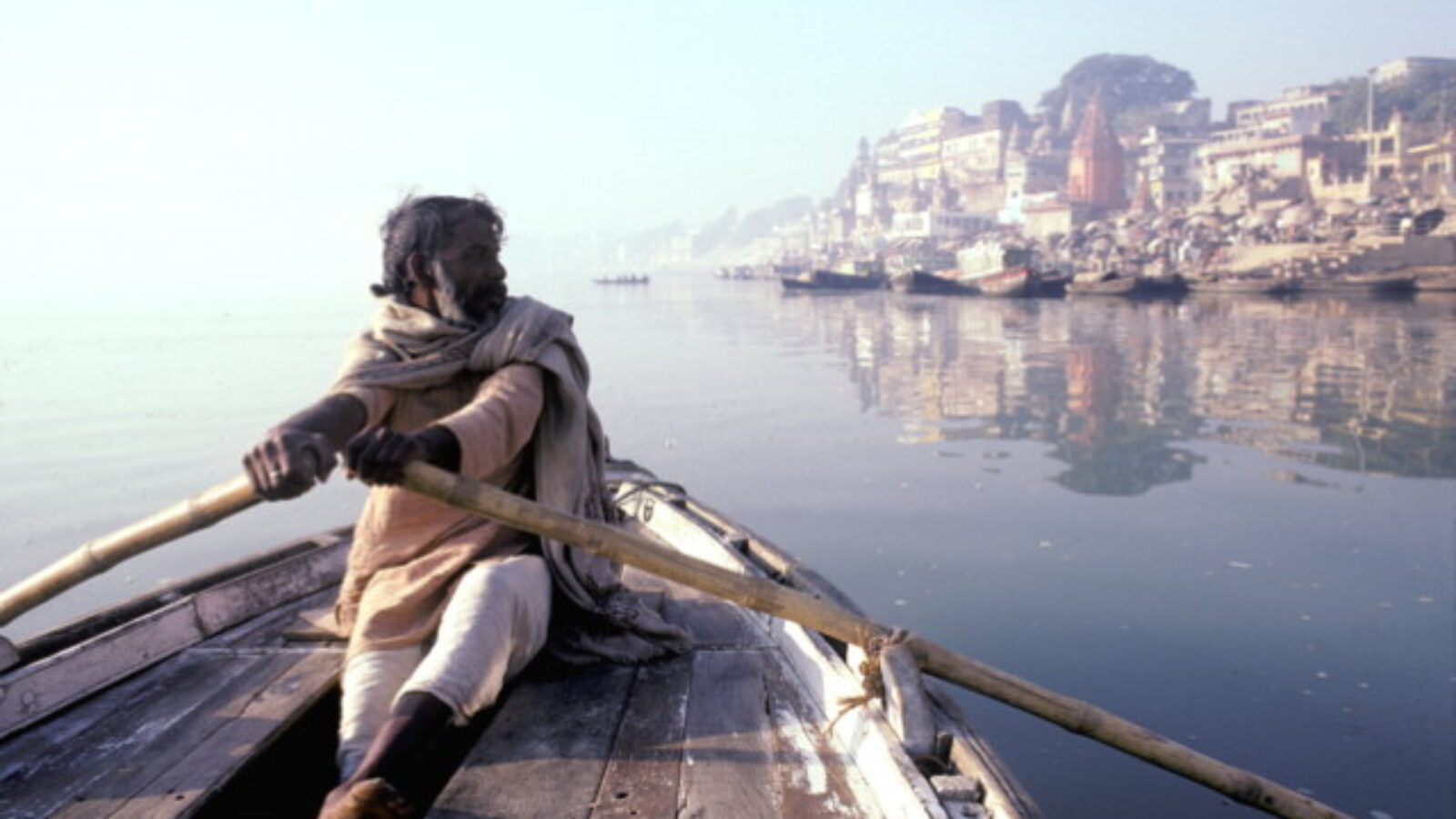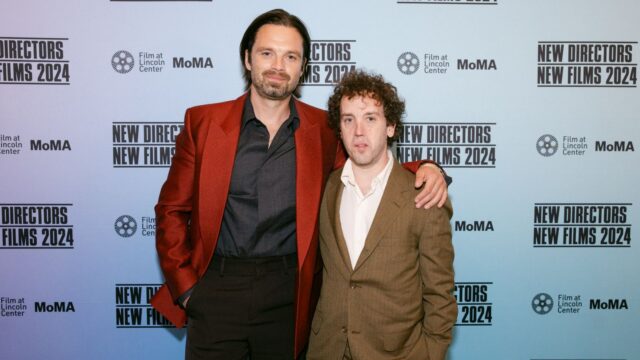Forest of Bliss

Pioneering ethnographic filmmaker and anthropologist Robert Gardner describes this mesmerizing evocation of the role of death in Benares, India, as “a ninety-minute expansion on a split second of the panic dread I felt on turning an unfamiliar corner onto Manikarnika Ghat (The Great Cremation Ground)” during a visit there a decade earlier. Appearing to occupy the time between two sunrises, the film revolves around three inhabitants of this world of death: a healer, a priest, and the hereditary “king” of the cremation ground who sells sacred fire to mourners. Interwoven with their activities are glimpses of life of the Ghat: wild dogs, marigold sellers, boys flying kites, wood-carriers, boatmen on the Ganges. Gardner eschews voice-over narration, explanatory title cards, or even subtitles, instead relying on an eerie yet serene flow of images and sound.
Focus on the Sensory Ethnography Lab
In a mere eight years, the Sensory Ethnography Lab at Harvard University has gone from an unusually ambitious academic program to one of the most vital incubators of nonfiction and experimental cinema in the United States. Lucien Castaing-Taylor established the SEL in 2006 on the premise that documentary and art are not mutually exclusive and that the intensive fieldwork of anthropology could nourish both. In practice this means rejecting the laziest devices in the contemporary documentarian’s tool kit: reductive story arcs, infantilizing voiceovers and talking heads, manipulative music cues. It also reconnects documentary to the work of such pioneers as Robert Flaherty and Jean Rouch, and indeed to the medium’s eternal promise as an instrument for both capturing reality and heightening the senses. The films in this selection, including work produced at the SEL and work that inspired SEL makers, attest to the aspirations of sensory ethnography: to experience the world, and to transmit some of the magnitude and multiplicity of that experience. Presented in collaboration with the 2014 Whitney Biennial.






